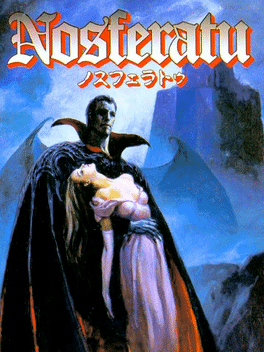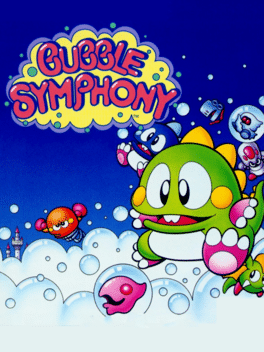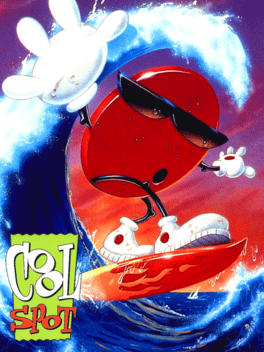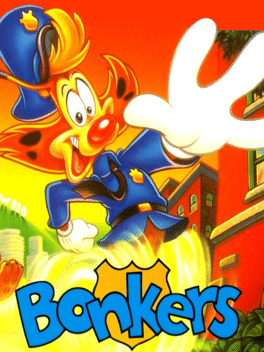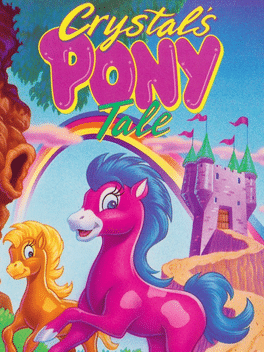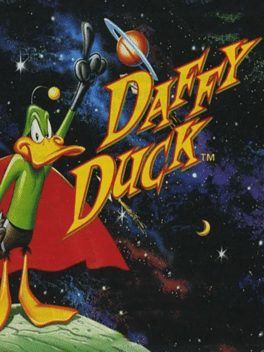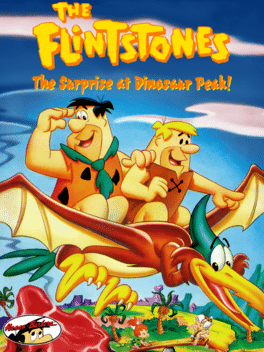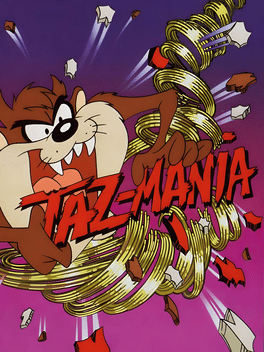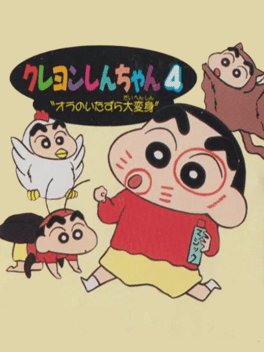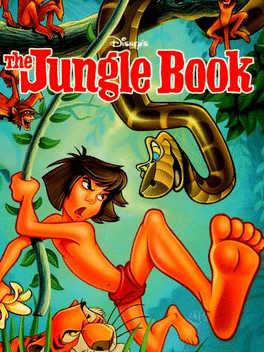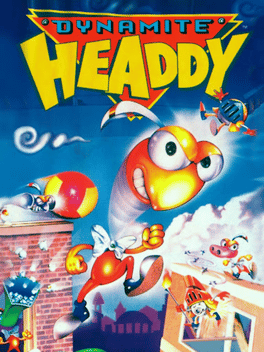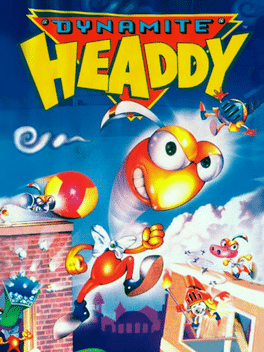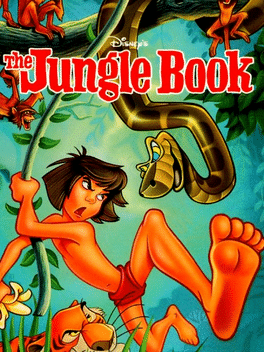New Platform Games - Page 212
-
Sonic the Hedgehog 3 & Knuckles
1994
star 8.9Sonic the Hedgehog 3 & Knuckles (or simply Sonic 3 & Knuckles or Sonic 3 Complete Edition) is a platform video game which is the result of locking-on Sonic & Knuckles with Sonic the Hedgehog 3 using the former catridge's unique "lock-on" technology. It is essentially a large combined game of its two lock-on components and contains all Zones from the said games and also contains special features unique to this game. This would have been the original Sonic the Hedgehog 3 the developers intended but time constraints by Sega resulted in the game being split into two. -
Sonic & Knuckles
1994
Sonic & Knuckles
1994
star 7.9Sonic and Knuckles join forces to defeat rotten Dr. Robotnik's Death Egg invasion! Play Sonic & Knuckles by itself or Lock-on with other Sonic games. This game's revolutionary Lock-on technology adds all new features to your other Sonic games for ultimate replays! Play as Sonic and let loose on Robotnik with amazing new powers. Play as Knuckles and tackle Robotnik and Metal Sonic with bare-fisted attacks, high-speed glides and wall-climbing power! Lock-on with Sonic 3 and transform Floating Island into a huge 34 meg Sonic-epic loaded with new secrets! Play as Sonic, Knuckles, and even Tails - with Game Save! Lock-on with Sonic 2 and play as Knuckles with all his signature moves! -
Nosferatu
1994
Nosferatu
1994
The player controls a young man known as Kyle, who rides to the vampire Nosferatu's castle in order to defeat him and save his beloved girlfriend Erin from his clutches. -
Bubble Symphony
1994
Bubble Symphony
1994
Bub and Bob are once again transformed into bubble dragons and have to climb up the Rainbow Tower to fight the Super Dark Great Dragon, while collecting potions to turn back into human form. Bubble Memories does very little to change the gameplay of the series, except for introducing giant enemies on some levels, different bosses, and a way to blow giant bubbles after charging up (especially for killing the giant enemies). (Giant bubbles can be blown by charging up the character. The bubble button is held until the character's horns begin flashing, and then releasing the button.) There are a total of 80 levels, while the last 10 levels can only be accessed by collecting 7 potions. -
Cool Spot
1994
-
Bonkers
1994
Bonkers
1994
star 6.8Three of Toontown's most precious treasures, the Sorcerer's Hat (from Fantasia), the Mermaid's Voice (The Little Mermaid), and the Magic Lamp (Aladdin), are stolen. After a car accident Lucky Piquel is hospitalized and as such, Bonkers D. Bobcat has to resolve this case alone. After traveling trough places like Wackytoon Studios and the city of Hollywood and facing old enemies like The Collector and Pops Clock, Bonkers manages to recover all the treasures thus concluding the game. -
Crystal's Pony Tale
1994
Crystal's Pony Tale
1994
You navigate your pony through various locations, collecting horseshoes on your way and "paying" them at level gates to pass to another location. You can explore the locations in any order you wish, traveling directly between them or using teleportation pictures. The game has more adventure than action elements. Crystal Pony cannot die in the game; if an enemy hits her, she merely loses one of her horseshoes. The only battles are against the witch, occurring every time you use a gem at the correct place. The pony would automatically jump over obstacles, but you can also make her jump with a corresponding button. You can get extra items by interacting with various objects and characters, pressing the action button. -
Adventures of Yogi Bear
1994
When Yogi Bear catches wind of a plan to turn Jellystone Park into a Chemical plant he sets out on a mission to stop it. Play as Yogi in this side-scrolling Action/Adventure that is fit for all ages. Work your way through the five park areas collecting "Pic-i-nic" baskets by bouncing on top of them. In many cases you bounce from one basket to the next raising you into the air where no "average bear" could ever go. There are a variety of enemies such as weasels and skunks. There are also some action parts where you ride a mine cart or go "beaver surfing". -
Mickey Mania: The Timeless Adventures of Mickey Mouse
1994
star 8Mickey Mouse gets a chance to go down memory lane and walk through the timeless adventures he has lived. Mickey Mania is a platformer where all the levels are based on Mickey's most famous cartoons. The levels range about 75 years, starting off with "Steamboat Willie" and going all the way to "The Prince and the Pauper". The gameplay consists mostly of jumping and marble throwing at enemies, with an occasional puzzle element. -
Daffy Duck: The Marvin Missions
1994
Daffy Duck dons the futuristic outfit of Duck Dodgers, hero of the 24½th century, to battle his nemesis Marvin the Martian in this platform game. -
The Flintstones: The Surprise at Dinosaur Peak!
1994
star 6.8Pebbles and Bamm-Bamm have wandered away from home and it looks like Fred and Barney found them. Unfortunately, an active volcano stands in the way. Now, Fred and Barney must travel across the pre-hysterical world of Bedrock to rescue the kids! Fred swings a mean club and Barney's sling carries a nasty sting in this adventure for the whole family. Scale the side of a cliff, use crocodiles as trampolines, and leap into action as Bedrock's most famous citizens go looking for their children. Collect the hidden five fabled fire gemstones to pay a greedy Pterodactyl to return Pebbles and Bamm-Bamm to their homes! -
Jungle no Ouja Tar-chan: Sekai Manyu Dai Kakutou no Maki
1994
Ta-chan is the king of jungle. He was abandoned in savanna, and has been raised by a chimpanzee, Etekichi. He has a dearest wife, Jane who used to be a top model in New York, but now she looks…Anyway, to protect animals from poachers, Ta-chan is fighting against them with his disciple, Pedro, and a master of Chinese martial arts, Ryo. -
Taz-Mania
1994
Taz-Mania
1994
star 5.1A platformer game where you play as Loony Toon's Tasmanian Devil. You run jump and spin through each level collecting points and avoiding enemies before the timer runs out. Some power ups such as extra life and spin attack tokens are provided. The game featured 5 levels and an end boss fight. Losing all lives and continues means you must restart the game. -
Crayon Shin-chan 4: Ora no Itazura Daihenshin
1994
Crayon Shin-chan 4: Ora no Itazura Daihenshin is an Action game, developed by TOSE and published by Bandai, which was released in Japan in 1994. -
Dynamite Headdy
1994
Dynamite Headdy
1994
The Game Gear port of Dynamite Headdy. It was later ported for the Master System by Tec Toy, released only in Brazil. -
Sassou Shounen Eiyuuden: Coca-Cola Kid
1994
Coca-Cola kid is a sidescroller starring the Coca-Cola Kid, the Coke mascot in Japan in the 1990's. Cokey must hit the streets and take on Team Evil who just went and kidnapped his teacher, Ms. Sakurako. Skate through the city and be brave! -
Dynamite Headdy
1994
Dynamite Headdy
1994
star 7.1Dynamite Headdy is a platform game in which the player controls Headdy, a puppet with a detachable head. This head can be fired in eight directions to attack enemies and obstacles, as well as retrieve out of reach items. By grabbing a HangMan, Headdy is able to pull himself up various platforms, or drag certain areas towards him. By finding a walking case named HeadCase, Headdy can gain a special head type depending on the image shown on HeadCase at the time he hits it. These range from offensive heads that increase his strength, allows him to shoot homing stars or suck up everything on screen, to support heads which include invulnerability, shrinking to reach small areas and sleeping to regain health. Most of these heads have a time limit before the head returns to normal, with the player able to cancel at any time, though some heads, such as the Pin Head, disable manual cancellation. The game also features a side-scrolling shooter stage, during which Headdy can change between three unique Head Types. -
Eek! The Cat
1994
Eek! The Cat
1994
Hold on tight for hair-raising adventure with your favorite Saturday morning superhero - in his Super NES debut. Now you can play with EEK! every day of the week!!! Get zapped bonked and splattered through six hilarious adventures as you try to rescue Annabelle from loony aliens... Reunite Pierre with his Squishy Bear brothers... Save a sleepwalking granny from a zoofull of accidents... Catch Joey the orphan's runaway Christmas present... And put your tail on the line nine times against Sharky the sharkdog...


